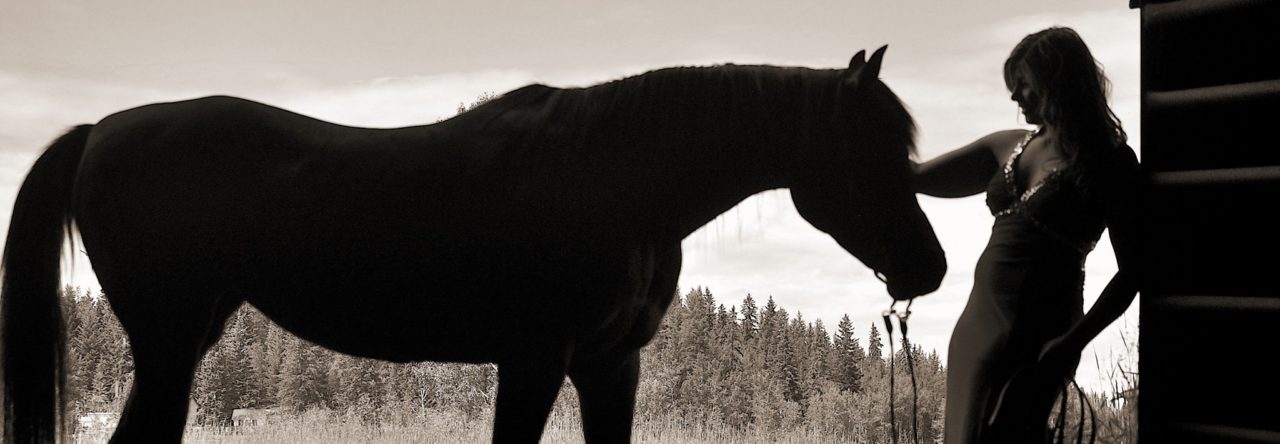Thomas King has a way of getting across First Peoples History through his sense of humour, that at times can be satirical, condescending and sarcastic majority of the time. I have been reading his book The Inconvenient Indian out loud for 10 minutes each morning to my First Peoples History 12 class. King’s points of views and excessive historical evidence strongly support many of the learnings that we are doing from the text in class, as well as sheds light on big ideas to support the curriculum outcomes.
King begins his Novel with his sense of humour that sets the tone for the entire read. “Helen said, ‘Just don’t start with Columbus.’ She always gives me good advice. And I always give it my full consideration… In October of 1492 Christopher Columbus came ashore somewhere in the Caribbean…” (King, pg 2) This allows the students to recognize the sense of humour King is going to portray throughout his novel. I believe King does this for two reasons: This is simply who he is and how he writes but I also believe he does it so that when he delivers some horrific historical information, we are able to get through it without being traumatized.
Some of the more eye-opening truths King has brought us through in his journey are his points with: false histories (The Almo), over exaggerated histories (Pocahontas), temporary/full loss of identity (As a First Nations Person, not even King wanted to play the “Indian” in “Cowboys and Indians” when he was little), 1800’s “scientific evidence” on dehumanizing First Peoples and lastly we stopped at the White Man’s fascination with “Indians” where our class had an enriching discussion on the moral behind hiring an actor of European heritage to play the role of a First Nation’s character in a movie or TV series.
One of the most powerful talking points was when King quotes “Chauncey Yellow Robe, a Lakota from the Rosebud reservation who played an “Indian” in a number of movies, including the 1930 silent film Silent Enemy.” But he knew and understood the issues of cultural degradation Hollywood had set upon First Peoples So he spoke at the Society of American Indians in Denver in 1913 with a speech of “We see the Indian… he is pictured in the lowest degree of humanity. He is exhibited as a savage in every motion picture theater in the country. We see the Indian, in his ful native costume, tamped on the five-dollar bills as a reminder of his savagery. We see a monument to fIndian in New York harbor as a memorial of his vanishing race. The Indian wants no such memorial monument, for he is not yet dead.” (King, pg 36)
It has been interesting to see the students make connections to our learnings in the classroom as King walks side-by-side with us on our Historical journey and constant relations of the past to the present. King gives us a link of discussion to think about Reconciliation when we see how history has depicted First Peoples as “less than human” and “White is the highest colour… therefore the best man; black comes next, and is put to live in the neighborhood of the Whiteman, as tolerable, and fit to be made use of; and the red comes last, which shows that those that made ‘em never expected an Indian to be accounted as more than half human” (King, pg 29) from James Fenimore Cooper’s Novel The Deerslayer in 1841.
We have been learning in class about our near and local First Peoples prior to colonization. We have learned that we had established economies, trading systems, Nations and order in place prior to colonization. We have learned that our Women ran the trading system where they made and produced trading goods and therefore set the price. We have learned the Grease Trails were a part of a First Peoples society, where trade and tariffs were already in place. We have learned that our people ran the Fur trade at first and the Maritimes fur trade, and that Europeans saw and documented that our people held ownership of this trade. So it provokes an enriched discussion with the class when you have an author such as James Feinimore Cooper spouting off “facts” that the “Redman” is “less than human.”
Overall, King’s historical research on the colonization of First Peoples allows our students to see the connections between what was, what happened, what went wrong with our First Peoples land, culture & traditions and encourages students to create a sense of historical empathy while looking to a future of Reconciliation.

Leave a Reply